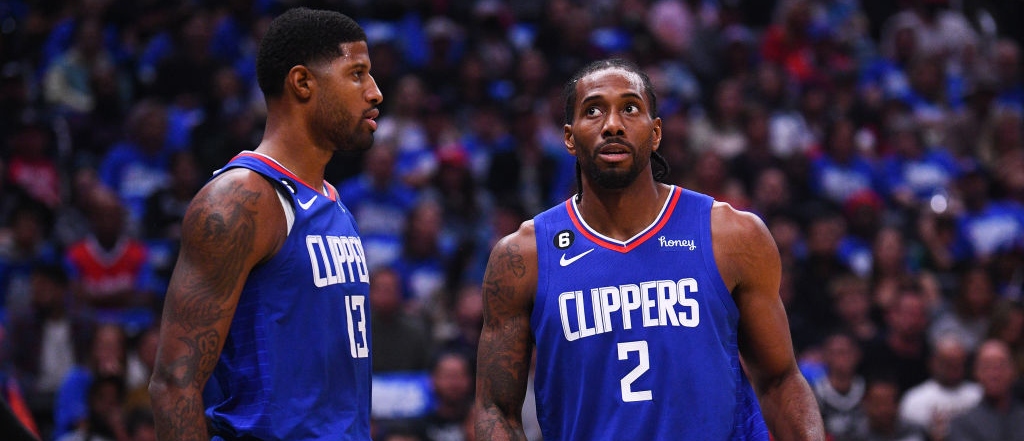The NBA has spent recent years trying desperately to figure out a way to get star players on the floor more often, particularly for national TV games where the league’s network partners pay them billions to broadcast games with the best players.
Load management has become a point of contention around the league and with its broadcast partners, as teams will pick spots to sit stars in an effort to keep them healthy for the playoffs. The NBA has tried to push back on that by fining teams for resting stars during national TV games and most recently instituted a 65-game minimum players must hit to qualify for season-ending awards. That apparently hasn’t been enough, and with a new rights agreement in the works where the league is seeking many billions more from ESPN, TNT, and other prospective partners, the NBA is looking to appear even tougher on load management.
On Monday, Adrian Wojnarowski and Shams Charania reported the NBA will vote on new, stronger fines for teams that rest players on national TV nights, while also explicitly dictating teams can’t rest two stars on the same night — with Shams even providing the league’s definition of who is and is not a star.
Under new rules, teams would be fined $100K for a first violation, $250K for a second violation and $1 million more than the previous penalty for each additional violation, sources tell ESPN. https://t.co/ZOQjJpoNaD
— Adrian Wojnarowski (@wojespn) September 11, 2023
Under current discussions among team and league personnel, a star is defined by someone who's made an All-Star or All-NBA team in the past three seasons, sources said. https://t.co/2WBe1BPrUG
— Shams Charania (@ShamsCharania) September 11, 2023
All of this feels, mostly, to be performative by the NBA as they look to ink a new national TV deal. Networks want assurances that the stars will play, and load management has become the boogeyman for broadcasters because the general NBA fan will tune in to see the top stars. The truth, though, is that it’s not a problem the league can solve with fines or demands.
Very few players (if any) want to sit out games if they can play, but it’s the teams that take the long view, trying to be at their peak for April through June. With 82 games featuring travel and back-to-backs, there are always little ailments guys are playing through, and by the time we are a couple months into the season, most players who log major minutes have picked up some sort of knock or nagging injury that could reasonably require them to take some time off. As players have gotten bigger, faster, stronger, and more explosive, they also put more stress on their bodies. All the new rules do is ensure teams are more thorough with their injury reports than they used to be, including various ankle and knee soreness delegations on the official reports rather than just hiding them away — or the ever popular “return from injury management” citations for guys coming back from significant injuries in the past.
Last year, there was a stretch in the middle of the season where a number of stars were out, but all were due to legitimate injuries. At times, the graphics for national TV games looked particularly bleak when it was a matchup of two teams with stars out with injuries, but at this point it’s fairly rare for a team to straight up rest a bunch of guys — like the Spurs rather famously did a few times out of spite during their heyday. I would expect these rules to get enforced extremely sparingly, with the main difference being teams being more diligent with their injury report. We’ll see lots of sorenesses and strains listed on the official report that used to go undocumented, giving teams ample cover if a guy needs to sit out.
The only real fix to the issue is changing the schedule, as eliminating back-to-backs would get rid of most rest nights, but no one wants to risk giving up any money to do so. The most reasonable answer would be to not put any national TV games on back-to-backs, but that would mean the networks have to give up some Lakers, Warriors, and Celtics games they so desperately crave. Until one of those things happens, we’ll keep getting fairly empty threats from the league that are made to keep the networks believing they’re doing something about an unsolvable problem.







